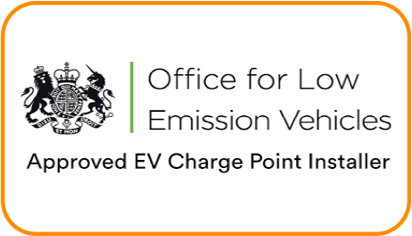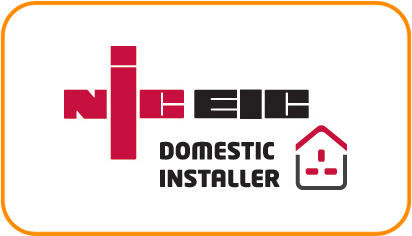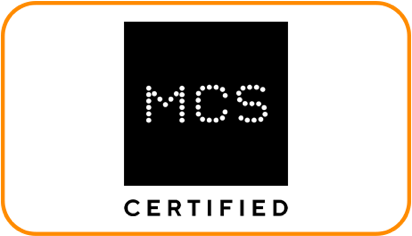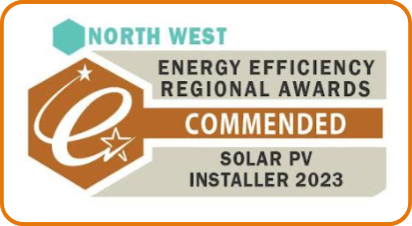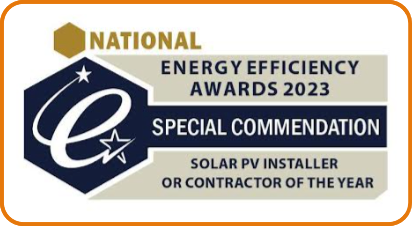One consideration to make when investing in a Solar PV system is which type of inverter to purchase. Essentially, there are 2 types of inverters; string inverters, so-called because they connect to a row or “string” of solar panels and the smaller micro inverters.
It is possible for a solar PV sales rep to be biased towards one particular inverter based on familiarity with the product, the inability to explain how the other works or simply the increase in £££ in his commission. What follows should allow anybody purchasing solar to make an educated decision.
If there are shading issues (trees, buildings etc) micro inverters are the preferred option as any panels not shaded are not affected by the panels that are shaded. This is not the case with string inverters where a shaded panel can result in a string losing 50% of it’s performance.
If there are no shading issues, and all panels can fit over 1 or 2 roof pitches, string inverters are more than sufficient. It has been argued that a micro failure affects 1 panel whereas a string failure affects, well, an entire string. Whilst this is true, micro inverters have more potential points of failure. If you also consider that a string inverter is typically mounted near the electric supply making maintenance simpler, it’s not hard to see how a string inverter is often the correct choice.
So there you have it. Or do you? Because there is a third option: DC Optimisers.
DC Optimisers use a combination of the best technologies of both string and micro inverters. Whilst the system is ultimately connected to a string inverter, remember how such inverters are easier to maintain, each individual panel is fitted with it’s own optimiser. This ensures shaded panels don’t affect un-shaded panels and that each panel gives optimum performance at all times.
With DC optimisers, you really can have your cake and eat it.




